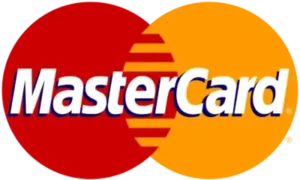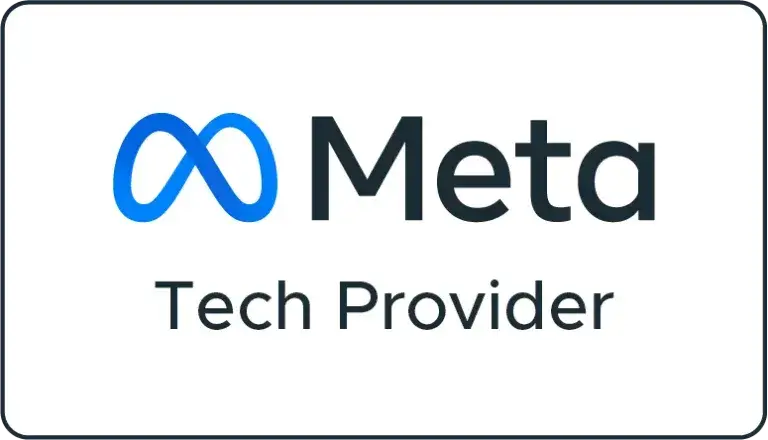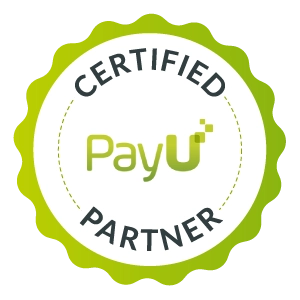Understanding Digital Product Development
Defining Digital Products
Digital products are intangible goods or services that are delivered electronically. They come in different forms, such as software applications, e-books, online courses, digital artwork, music, videos, among others. Digital products can be downloaded, streamed, or accessed online as opposed to physical products.
Development Process
Ideate
Generating the idea and refining the idea of a digital product. While doing so, it is critical to criticize the expected market demand, whether it is viable, innovative, and profitable.
Design
It entails designing the user interface and user experience of a digital product to be attractive to consumers, easy to use, and accessible on various devices and platforms.
Develop
Creation of the product following the decided design. It involves coding, programming, and integrating various functions.
Test
Verify whether the product works as planned or not before release. Different types of testings include functional, appreciation, compatibility, and performance testings.
Launch
Making the product available to the target market. It involves opening the service channels, marketing, and monitoring the offering.
Identify Market Needs
Market Research
Conducting market research surrounds collecting and analyzing data regarding your target market, competitors, and trends. It can be achieved through the following:
- Competitors analysis: Analyzing competitors’ products, pricing strategies, marketing strategies, and customer feedback.
- Customer surveys: By collecting consumer responses via questionnaires on various needs, likes, and dislikes.
- Trend Analysis: Analyzing potential emerging trends, technologies, and consumer insights that could affect the demand for various digital products.
- Keyword Research: Search for keywords to determine trends and search queries common to the products’ niche.
Ideation and Conceptualization
Concept generation
Generation of digital product ideas is based on the target market understanding, creative skills, and problem-solving abilities. There are various methods to come up with these ideas:
- Brainstorming: Generate a variety of ideas by arranging a brainstorming event where all project team members or stakeholders come up with diverse concepts.
- Market Gap analysis: Find a market gap or “white space” where no digital products are offering solutions—introduce a new electronic solution.
- Problem-Solution Mapping: Identify issues or problems that the target audience faces and develop potential solutions.
- Trend Spotting: Rely on market trends, behavioral aspects, and new technology adoptions to guide your thoughts for digital product ideas.
Concept validation
Concept validation ensures whether the product is in demand and has the potential to be successful. Methods include:
- Surveys and Questionnaires: Create surveys or questionnaires and collect responses from potential customers about the product idea.
- Focus Groups: Arrange a focus group and consult with real representatives of the target audience group to gather comprehensive feedback.
- Prototype testing: Create a prototype version or minimum viable product to test some functionality and key aspects before further investing.
Design and Development
User-Centric Design
Digital product design that puts the user’s needs and preferences as a priority. Principles of user-centric design include:
- Usability: These are the ease of use and minimal learning curve aspects of the digital program.
- Accessibility: Making accessible for people with disabilities or unique needs such as features that enable the use of screen readers, keyboard navigation, color contrast.
- Aesthetics: Using a visual design combining layout, typography, color scheme, and images to enhance the user experience and make the product visually appealing.
Agile Development
Agile development is an iterative software development approach that stresses flexibility, collaboration, and responding to change. It consists of:
- Sprints: A process is split into small parts called sprints, lasting anywhere from one to four weeks.
- Continuous Feedback: Ask stakeholders and end-users for input during the entire development phase to get it right.
- Iterative Improvement: Improve the product from each iteration thanks to feedback and fresh data for better versions.
Testing and Quality Assurance
Testing and Quality Assurance are critical to the product’s performance and ensuring that it functions as it should. The types of tests include:
- Functional Testing: Assess each feature individually to ensure that it functions as described.
- Compatibility Testing: Test the product on different devices, browsers, and operating systems to ensure its consistency.
- Performance Testing: Analyzing its speed, efficiency, and ability to adapt to changing circumstances in a variety of ways.
Launch and Marketing Strategy
Pre-Launch Preparation
Build up to the buzz by attracting early adopters and making sure the product is ready to go. Strategies include:
- Teaser Campaigns: Use social media, email newsletters, sneak peeks, and other methods to promote curiosity about what’s to come.
- Beta Testing: With a restricted group, test the product, then use the feedback to fix bugs and add features.
- Press Releases: send out press releases or media announcements to attract journalists, influencers, and industry publications.
Leveraging Digital Marketing Channels
Digital marketing channels allow reaching and engaging the target audience. The most popular digital marketing channels include:
- Search Engine Optimization: optimize the digital product’s website and content to get it higher in search engine results and attract organic website traffic.
- Content Marketing: produce valuable content like blog posts, articles, videos, and infographics to attract and engage potential customers.
- Social Media Marketing: utilize Facebook, Instagram, Twitter, LinkedIn, and TikTok to promote the digital product, chat with followers and create brand awareness.
- Email Marketing: send targeted email campaigns to subscribers and leads to inform them about the product, share news, and develop relationships.
Continuous Optimization
Marketers should always enhance their strategies and tactics to get the best performance for the costs they invest. Strategies include:
- Analytics Tracking: Use Google Analytics or other tools to track essential metrics like conversion and traffic rates, engagement, etc.
- A/B Testing: try different variants of your marketing campaigns, landing pages, and messaging to analyze which one works best with your target audience
- Customer Feedback: ask your customers about their needs and preferences through surveys, reviews, and social media.
Conclusion
Sum up the key takeaways of the article to communicate their importance. Tell the readers that understanding market needs, validating their product idea, focusing on the user experience, and promoting it with the help of the right marketing strategies will allow them to develop and sell profitable digital products in a highly competitive market.













